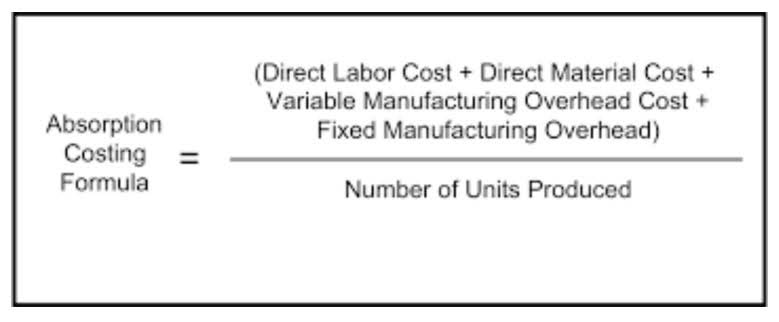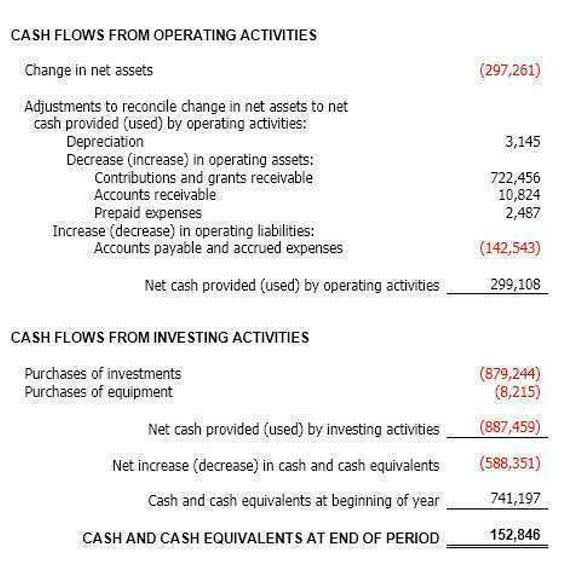
This helps build trust and credibility, making prospects more likely to consider using your product or service. At LoyaltySurf, we’re committed to helping B2B growth marketers leverage the full potential of their satisfied customers. Our platform makes it easy to collect, create, and distribute compelling customer What is bookkeeping success stories that turn your users into your most powerful marketing asset.
The Knot Worldwide Starts Testing Duet AI in Google Workspace

By having a sommelier narrate the impact of data analytics on the wine world, the story gains instant credibility and offers readers a fresh viewpoint on a familiar topic. Your story will be much more powerful if it’s about a specific person and not a company. So, try to tell your success story from the perspective of a specific person (e.g. end customer, head of purchasing, CEO, etc.). Write down a one or two bullets for each one of the four Outsource Invoicing steps. The key elements of a success story are the introduction, the challenges the business had, the solution it adopted, and the results obtained. The common success story structure for different types of businesses is an introduction, challenges, and solutions.
CodePath: Generative AI tools to transform work for the better
- Its ability to connect the dots between risk, impact, and response makes it ideal.
- You can organize risks by type, impact level, and recovery strategy, and assign clear owners to each mitigation plan.
- “Since we started using Your Product, onboarding new clients has become almost effortless.
- This new data-driven approach also allows Amgen to reduce the time to market for new product launches.
- Before you jump into the challenge and solution, give readers a bit of context.
This means that viewers will find it harder to connect with the customer and imagine themselves in their shoes. This narrative excels by offering a deeply personal account of implementing a solution. The storyteller brings readers along on their journey, creating an emotional connection that goes beyond typical case studies. Well, the same day, we agreed to train the management team first on social selling and only then move to the rest of the organization. With management leading the way, the company managed to increase their social media activity drastically. From gate to green, connected solutions support real-time operations, secure infrastructure, and seamless fan experiences.

What role does storytelling play in crafting a client’s success story?
Open rates soared, click-through rates skyrocketed, and Jane’s sales followed suit. She went from struggling to keep her business afloat to a more effective and manageable approach. She did it all without hiring a team of marketing experts or sacrificing her precious time. Flaunt stats such as boosted sales or cut costs to show your product’s achievements. And don’t forget to include real talk from customers themselves.
That press release quickly morphed into a heartwarming success story on our Customers Success Stories website, with readers relating to the customer’s journey. This perfectly illustrates how customer quotes bring life and color to our narratives, transforming them into relatable stories. Customer success stories give potential customers a unique perspective when deciding to buy a particular product or service.
While many case studies fail to include specific metrics, research from Gartner shows that only 5 out of 39 customer stories mentioned a dollar figure for ROI. Including numbers like percentage improvements, cost savings, or time efficiencies can make your story more persuasive and relatable. This forms the foundation of great brand experiences that build ongoing customer relationships. The ultimate goal of a customer-focused organization should be to align both the internal and external processes across the business and at every interaction. Actionable insights fueled by trusted data empower companies to create a bond with customers that is seen and felt.

OrangeTee: Using Google Workspace to help secure sensitive data and streamline document editing
Now that you’ve got all the pieces in place, it’s time to give your short success story a final polish. The goal is to make sure it reads smoothly, keeps readers engaged, and clearly communicates the journey from problem to solution to results. This way your target audience get inspiration into how your solution might fit into their own situation, and are also more likely to trust you. This success story is so effective because the customer explains how they use Evernote to catalogue their menu and create specific lists. This success story stands out by tying the use of technology to a larger, emotionally resonant goal—improving accessibility in communication. By focusing on the human impact of the solution, it creates a powerful narrative that goes beyond features and benefits.
“As trusted advisors to the customer, we should always study them in detail.” – Chris Ng EnHan
With space to log pain points, track emotional responses, and connect feedback to actions, this template gives teams a shared view of the customer experience that’s rooted in reality. Here, we’ll explore ready-to-use client success story templates in ClickUp that make it easier to structure your stories, highlight real results, and keep everything in one streamlined workflow. Use these tips to create compelling customer success stories to attract new users and achieve your business goals. Below, we explain why customer success stories are important for B2B SaaS and how to use them to gain new users and potentially increase customer lifetime value. Business success stories are incredibly useful for attracting new users when you’re scaling.




